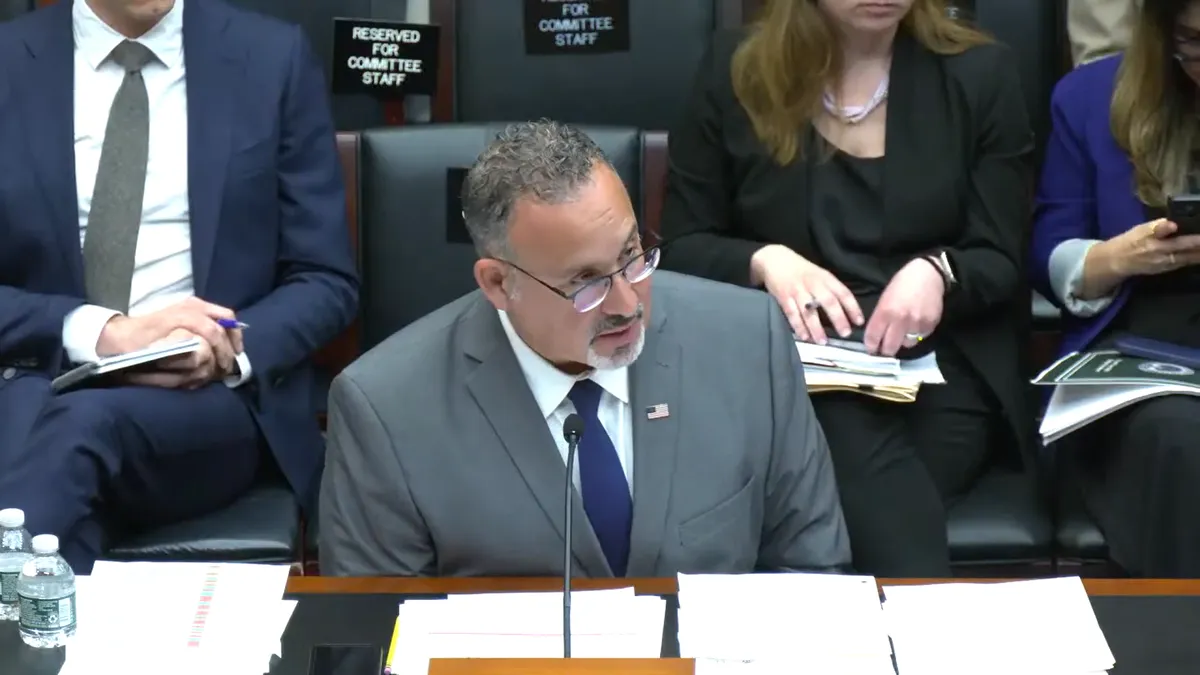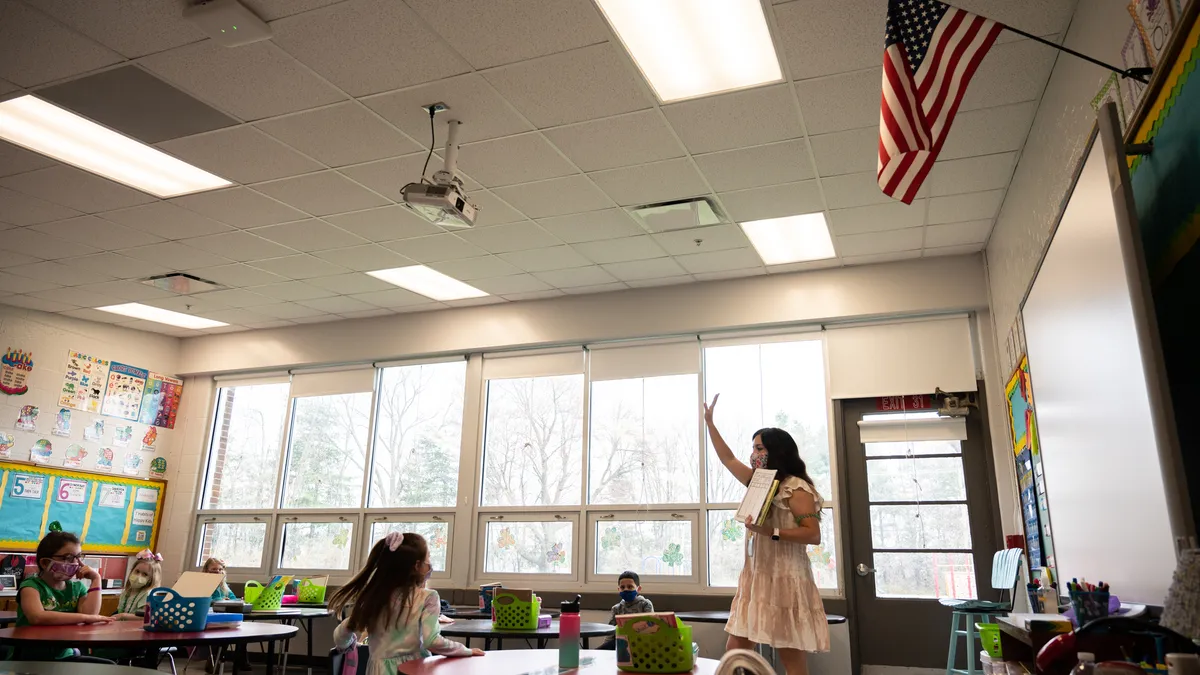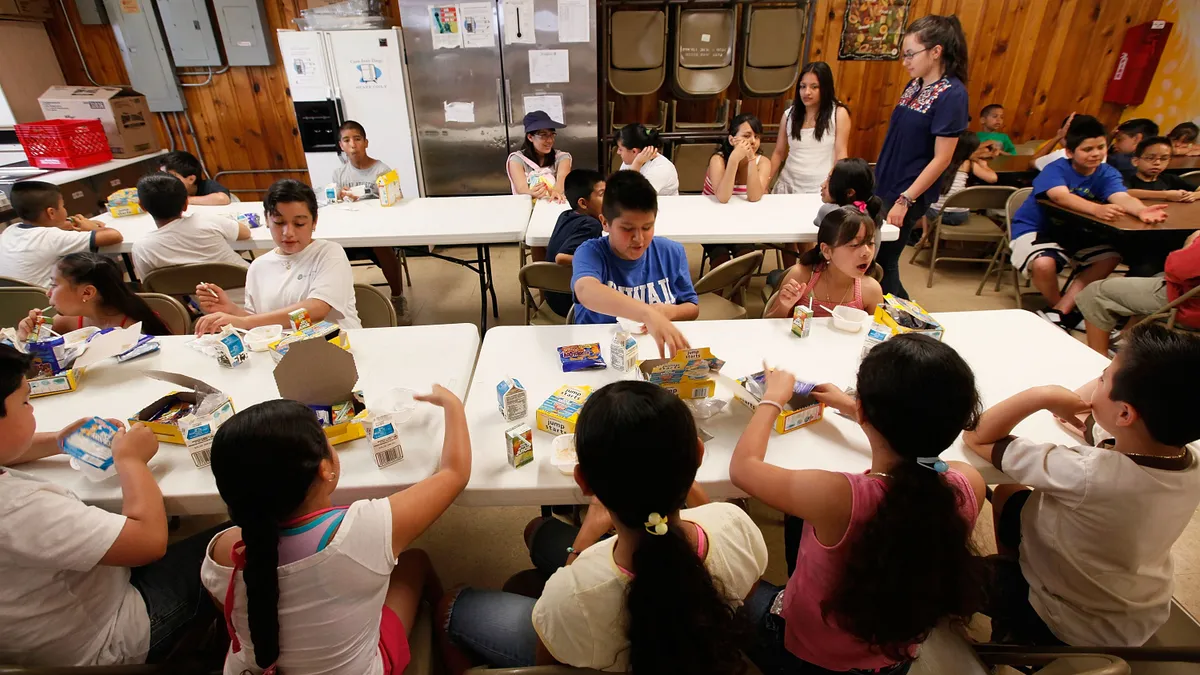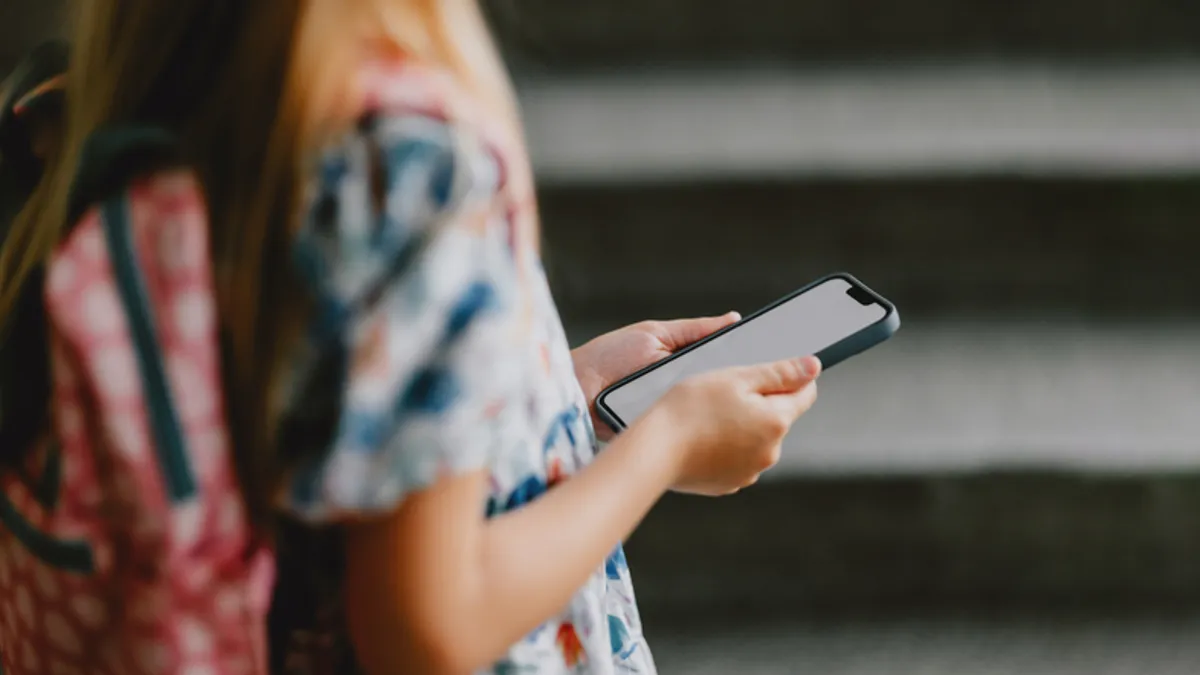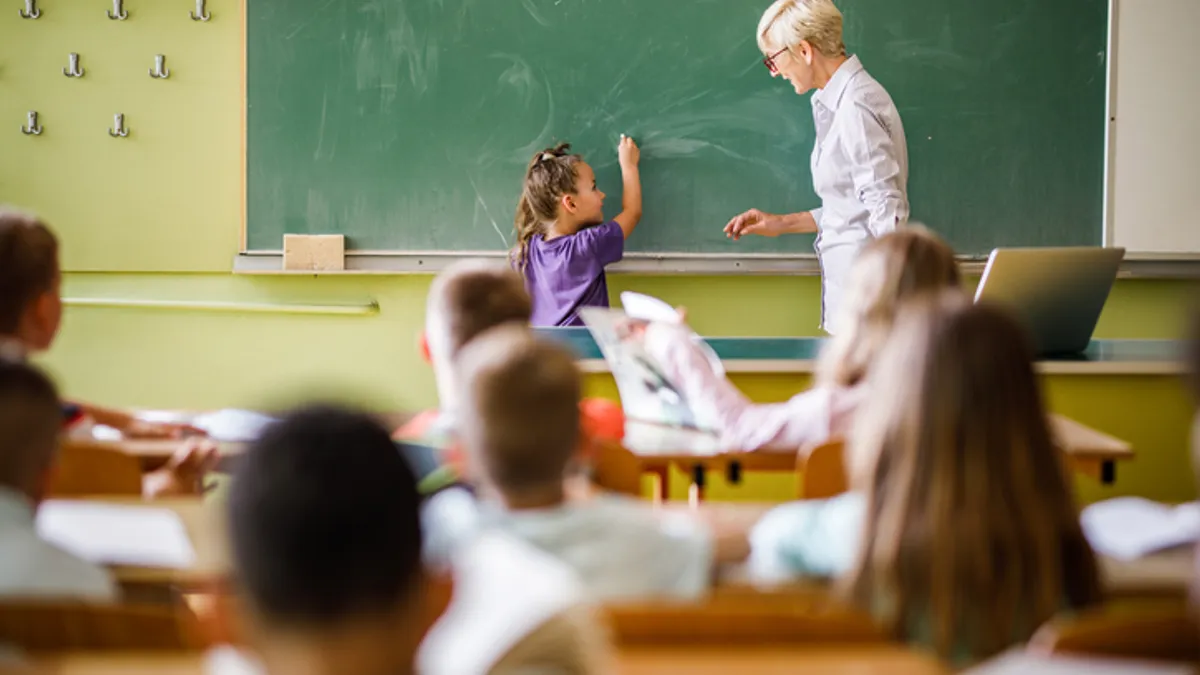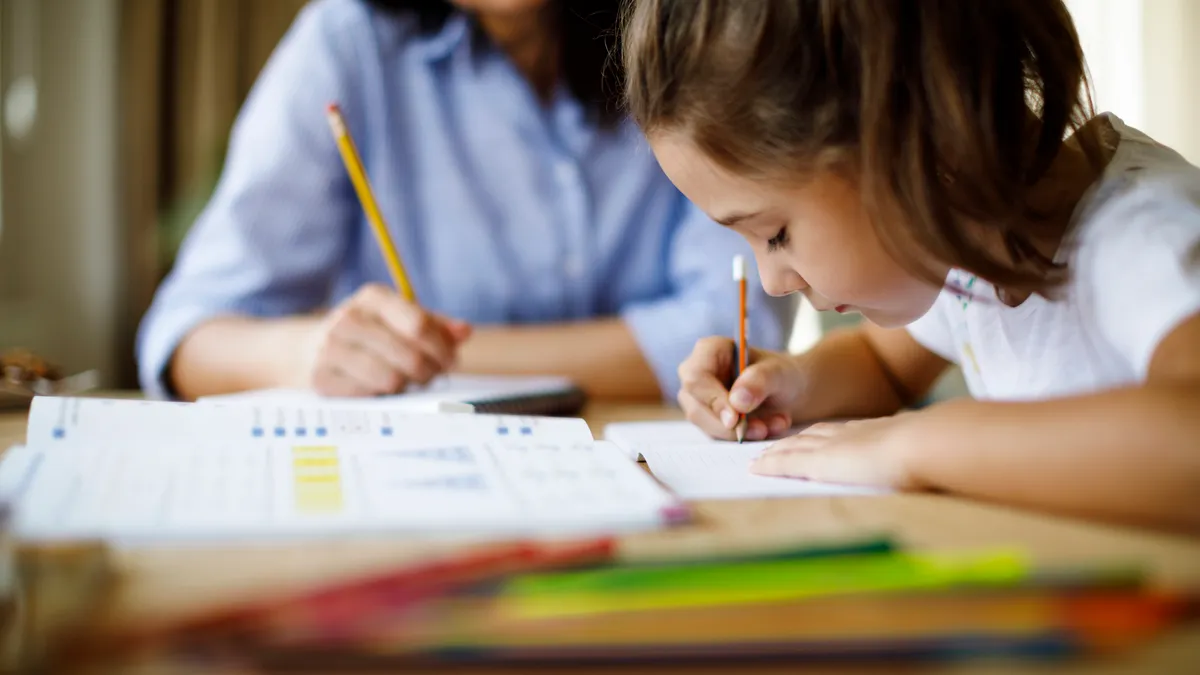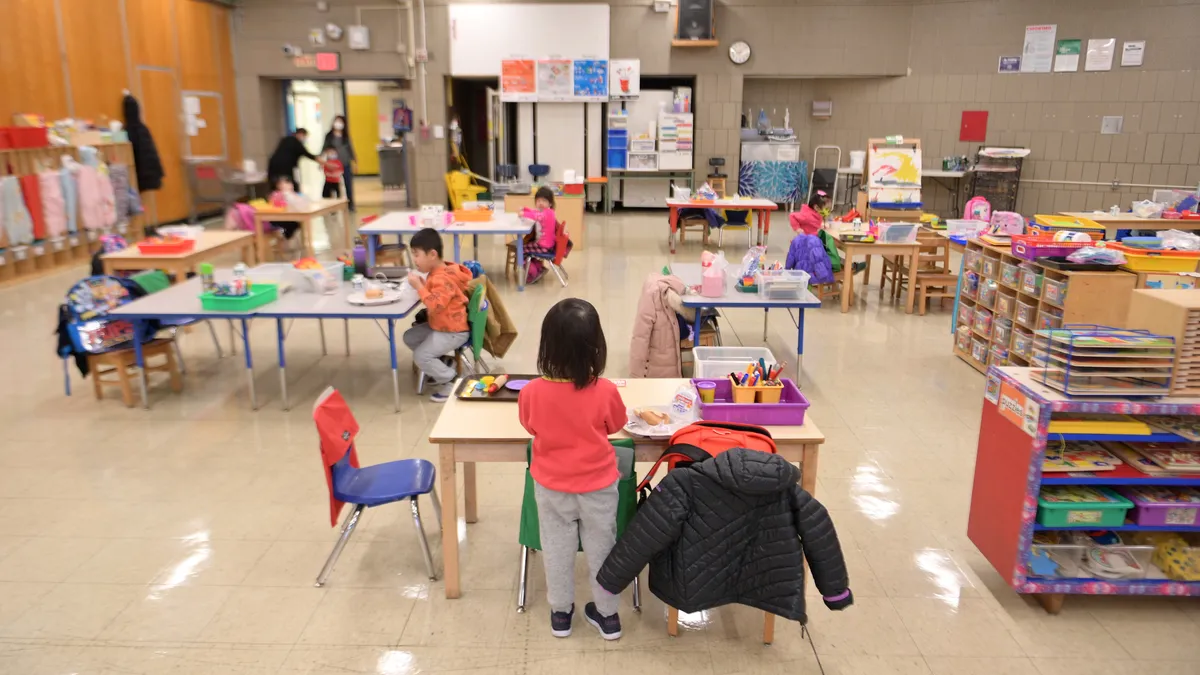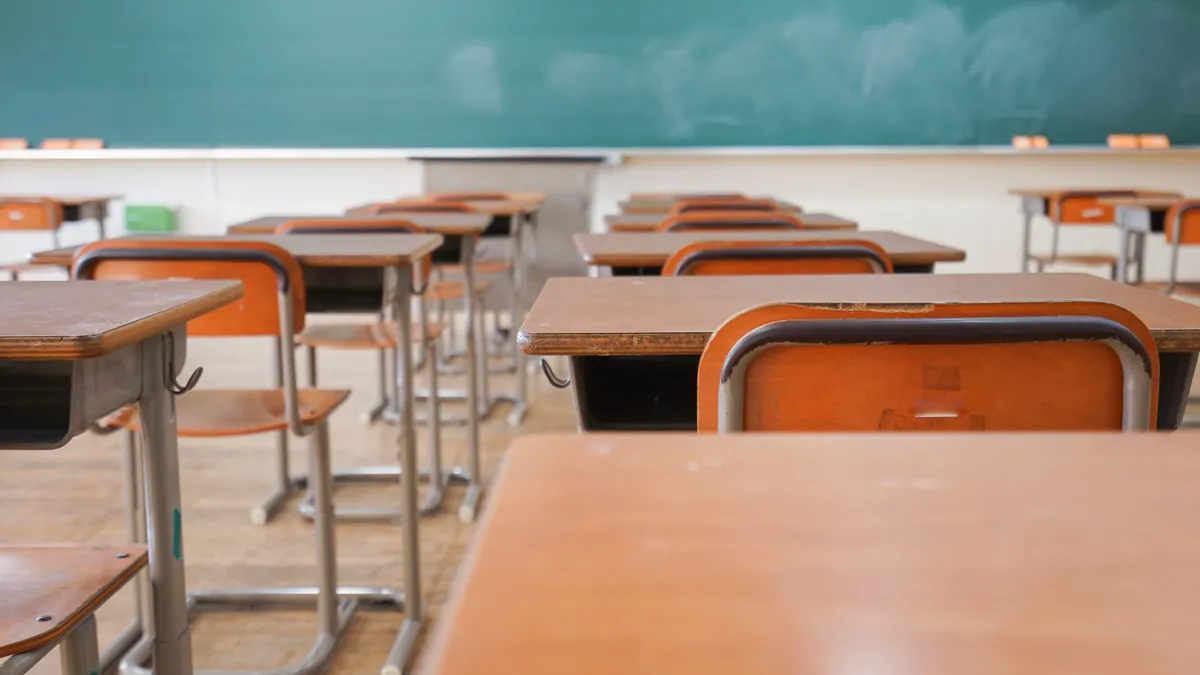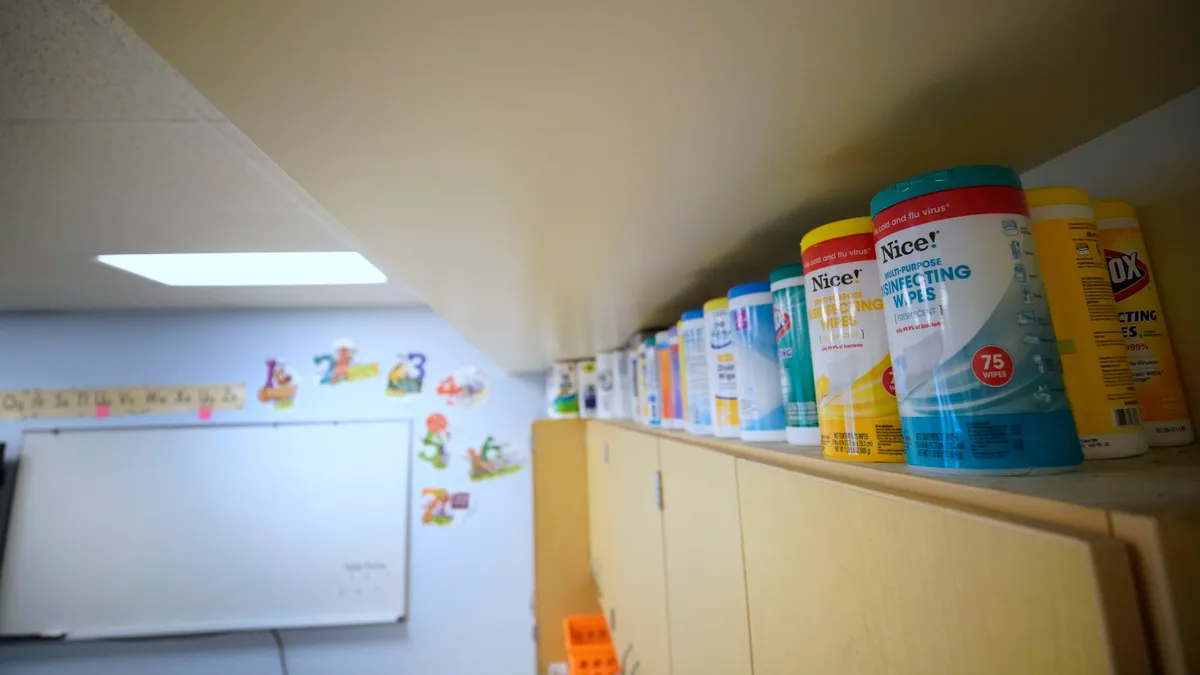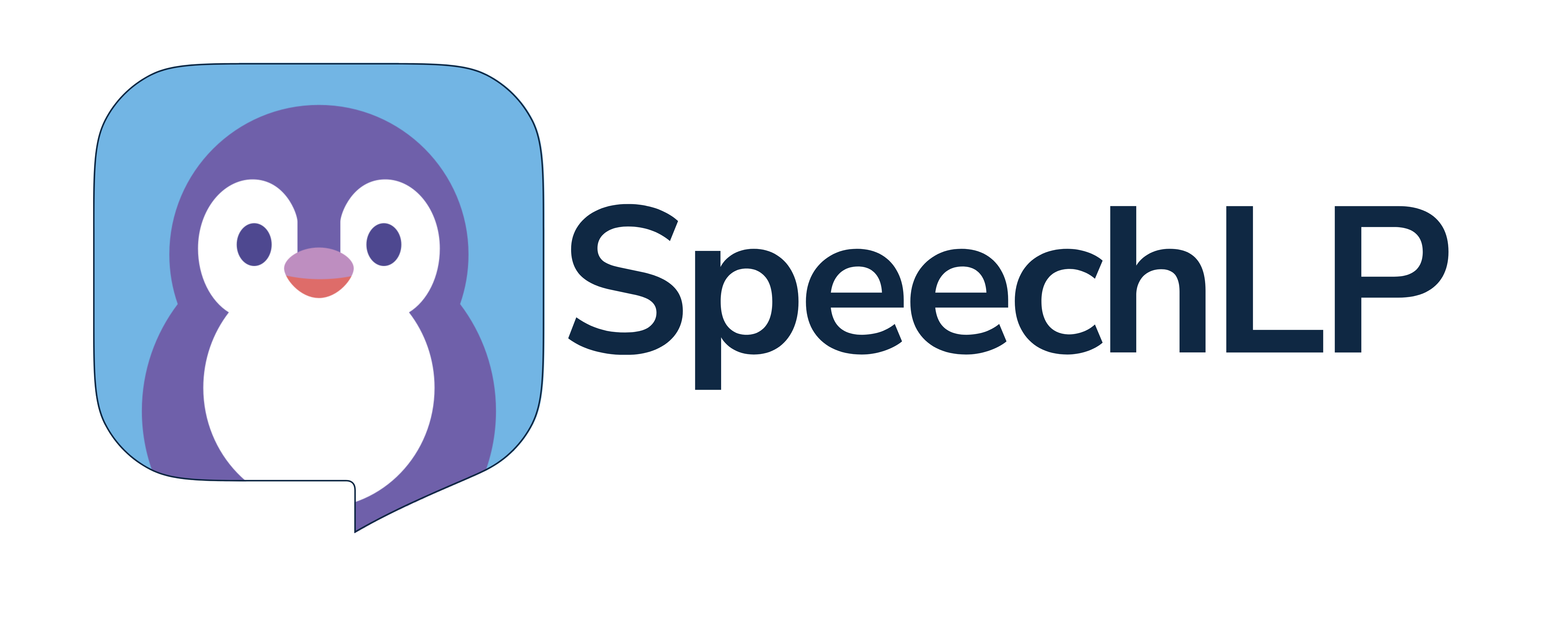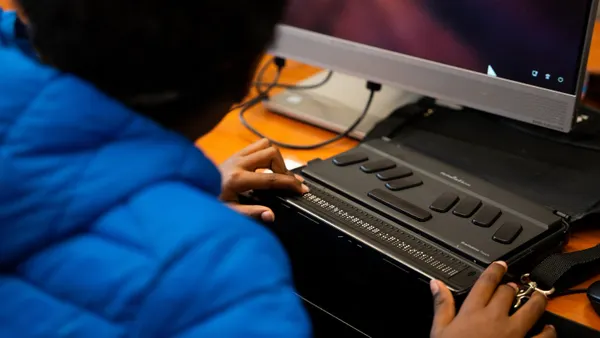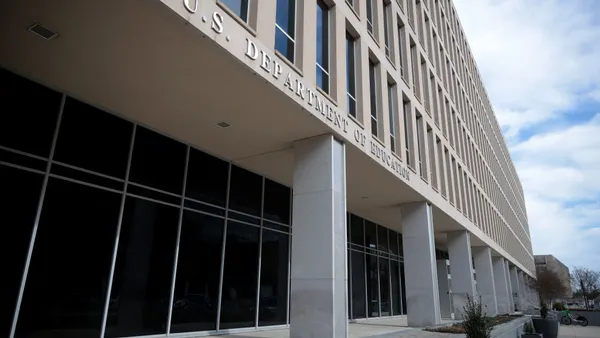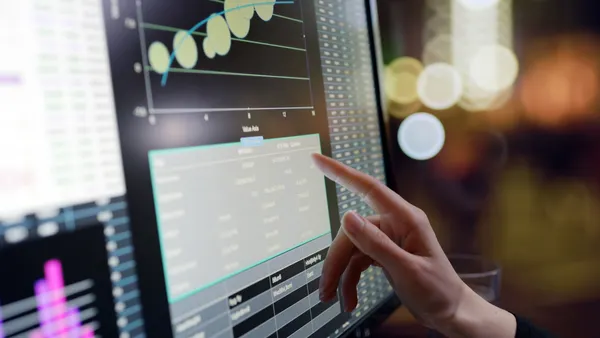It’s been a year since grading and plagiarism detection platform Turnitin unveiled its artificial intelligence writing detection tool, just months after AI research organization OpenAI made ChatGPT publicly available in November 2022.
As schools spent the last year amping up their reliance on AI detection tools like Turnitin, the company shared data regarding the hundreds of millions of student papers processed through its system.
AI-generated content continued to show up in student work, according to Turnitin. In a statement, the company said it’s important that schools and districts approach this issue “beyond detection.” That may include more open dialogue with students about AI use policies and having teachers revise essay prompts, Turnitin said.
Here’s what Turnitin’s review found for the papers that passed through its AI detection tool in the past year.
The number of teachers relying on AI detection tools has surged, jumping 30 percentage points year over year to 68% in the 2023-24 school year, according to the Center for Democracy & Technology, a civil rights nonprofit. At the same time, CDT found only about a third of teachers had received guidance on how to handle student AI use that they suspect is out of line with school policy.
Student discipline rates stemming from suspected plagiarism due to use of generative AI are also notably on the rise, increasing from 48% to 64% between the 2022-23 and 2023-24 school year, according to CDT. The nonprofit flagged research that challenges the ability of AI detection tools to accurately spot AI-generated writing in student work.
Meanwhile, some district leaders are still exploring ways to tackle suspected plagiarism when it comes to defining what is considered cheating while using certain AI tools. On top of that, state guidance is slowly rolling out regarding how schools should approach AI, with at least seven states having issued such guidance as of February.










